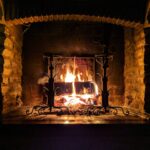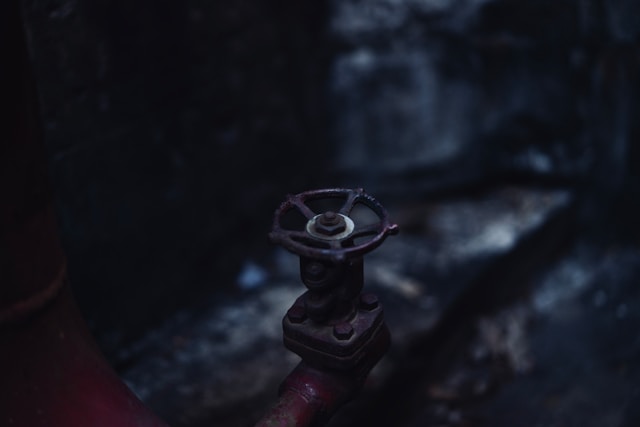Firefighters have to know various terms to do their job successfully. These terms cover everything from fires starting, growing, reacting, and spreading. Here’s a brief introduction to the words that firefighters use regularly.
Combustion
If someone works at a fire department, they will tell you that rapid combustion is the cause of a fire. Combustion occurs when a fuel undergoes rapid oxidation, producing heat and light, also known as fire.
Flammable Limits
The explosive limit of an item is the percentage of it that burns once ignited. This term is often used interchangeably with flammable limits.
Flash Point
A flash point is a minimum temperature required for a liquid to give off enough vapors to become ignitable. Therefore, firefighters must know a lot of different flash points to be able to perform their fire suppression duties.
Ignition Temperature
The ignition temperature is the minimum temperature at which a field source experiences self-combustion. That means it is the lowest temperature where a substance will start a fire without external ignition.
Heat Transfer
As you learned in your high school physics class, heat travels from hot surfaces to cool ones. The heat transfer occurs until the two items in contact have identical temperatures. In the firefighting world, convection, conduction, and radiation are the three heat transfer methods used to spread flames throughout burning buildings.
Conduction
Conduction is when heat transfers through direct contact. That means a fire will spread through direct contact between substances.
Convection
Convection is when air or liquids move and cause a heat transfer. For instance, hot air rises, carrying flames from lower stories to the top of a building.
Radiation
Radiation is the heat transfer method caused by waves traveling through the air. A typical example of radiation transfer is when the sun’s rays warm the earth.
Incipient Phase
The incipient phase is when a fire starts. This stage begins with combustion. People usually don’t know fires have begun at this point unless they see them.
Rollover Phase
The rollover phase is when combustible gasses accumulate towards the ceiling. During this phase, people usually have to evacuate a building, so people are generally instructed to crawl to escape burning buildings.
Steady-State Burning Phase
This phase occurs once the fire has received enough oxygen that it can grow and spread. Fires are typically the hottest at this stage.
Hot Smoldering Phase
The hot smoldering phase is the stage of a fire when the flames have died down, and the glowing embers are all that remains. Expert firefighter Daniel Ahasic notes that the most dangerous part of the fire at this point is the smoke and gasses released.
Class C Fire
According to the US Fire Administration, a class C fire involves live electrical equipment. Therefore, firefighters must unplug or turn the power off to whatever electricity is involved in the fire before they can handle it.
These are just some of the critical terms that firefighters use regularly. If this has piqued your curiosity, consider becoming a firefighter so you can learn more about this field.

 Revamping Your Bathroom Space: The Journey to Selecting the Perfect Cabinets
Revamping Your Bathroom Space: The Journey to Selecting the Perfect Cabinets  Strengthening Your Team: The Role of Background Checks in Modern Hiring Practices
Strengthening Your Team: The Role of Background Checks in Modern Hiring Practices  Keeping Your Hearth in Top Shape: The Value of Routine Fireplace Repair
Keeping Your Hearth in Top Shape: The Value of Routine Fireplace Repair  Septic Systems: Maintenance Tips for Homeowners
Septic Systems: Maintenance Tips for Homeowners 


